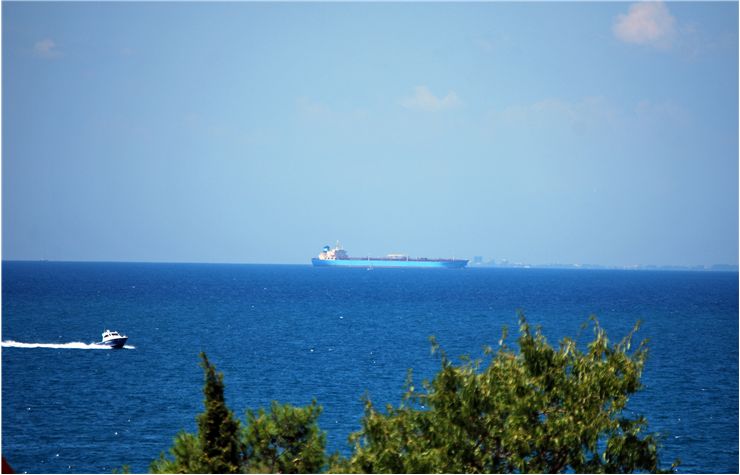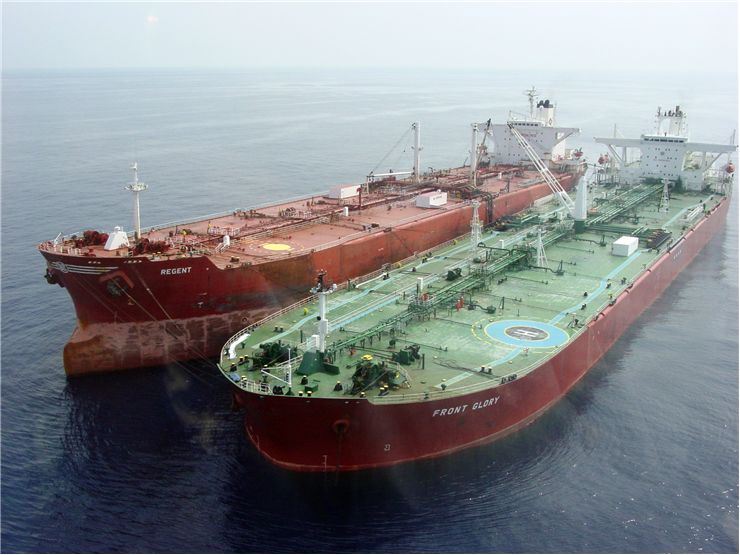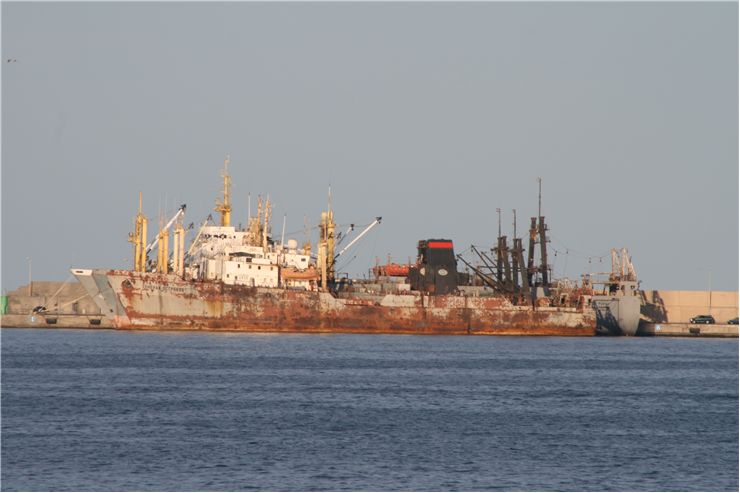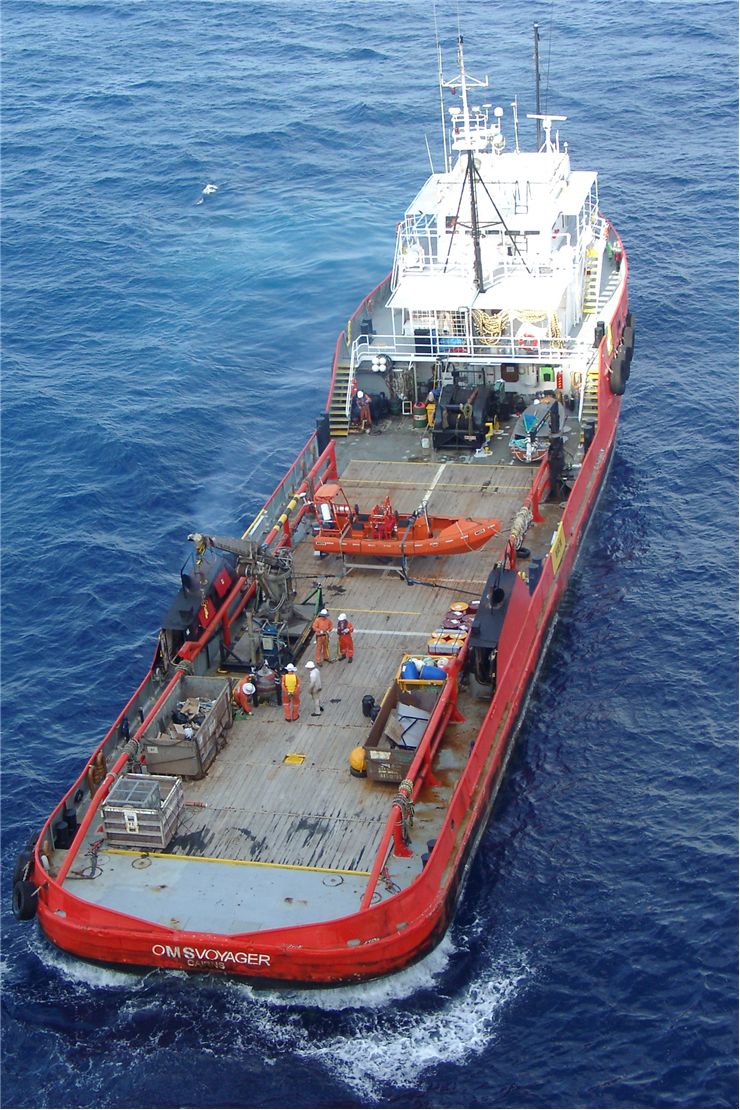Different Types of Merchant Vessels
Here are the list of merchant vessels classified into several categories according to their purpose and size:
A merchant vessel (or a commercial vessel as is known in the United States) is any type of a ship that transports cargo or passengers. They are divided by types and subtypes according to their purpose and/or size and often have prefixes in front of their names that show which kind of vessel they are.
Dry cargo ships carry cargo, goods, and materials and are mainly bulk carriers and container ships. Bulk carriers or bulkers are used for the transportation of homogeneous cargo such as coal, rubber, copra, tin, grains, ores, cement and similar cargo. They have large box-like hatches on deck which makes them recognizable. These hatches are designed to slide outboard or fold fore-and-aft to enable access for loading or discharging cargo. Bulkers are divided in categories like Small, Handysize, Handymax, Panamax, Capesize and Very Large and their size can go from a small mini-bulker to a giant ships with a capacity of 400,000 DWT. Container ships, on the other hand, are used for the carriage of miscellaneous goods which are packed in in truck-size containers.
Tankers are ships designed to transport liquids and gases in larger quantities. They transport fluids, such as crude oil, petroleum products, liquefied petroleum gas, liquefied natural gas and chemicals, as well as vegetable oils, wine and other food and can range in size of capacity from several hundred tons to several hundred thousand tons. The first one appeared in the later years of the 19th century and had sails. They are the only method for transporting large quantities of oil apart from pipeline transport. Special types of oil tankers - supertankers were designed for carrying oil around the Horn of Africa from the Middle East. They are known as very unprofitable, due to the inability to operate them at full cargo capacity. Because of that supertankers are not produced at the moment. Today's largest oil tankers in comparison by gross tonnage are TI Europe, TI Asia and TI Oceania. They are also the largest sailing vessels today.
Specialized ships are ships designed for heavy lift goods, refrigerated cargo (so called reefer ships), cable layer or cable ships, and for roll-on/roll-off cargo (automobiles, trucks, semi-trailer trucks, trailers, and railroad cars.) The currently largest roll-on/roll-off cargo (RoRo) ships are Sunbelt Spirit, Liberty (ex-Faust), Phoenix Leader and Aquamarine ACE. Each one can carry between 6,000 and 9,000 units.
Coasters are smaller ships that carry any category of cargo between locations on the same island or continent. They are small and have shallow hulls which allows them to get through reefs where seagoing ships usually cannot.
Passenger ships , as their name says, carry passengers. Cargo vessels which have accommodations for limited numbers of passengers do not belong to this type. An ocean liner is the traditional form of passenger ship. Once liners operated on scheduled line voyages to all inhabited parts of the world but they are today replaced by cruise ships as the predominant form of large passenger ship. Main difference is that ocean liners are built for speed and traditional luxury while cruise ships have amenities such as swimming pools, theaters, ball rooms, casinos, sports facilities, etc. and are built for leisure. Cruising has become a major part of the tourism industry, with millions of passengers each year as of 2008.
Ferries or ferryboats are boats or ships used to carry (or ferry) primarily passengers, and sometimes vehicles and cargo as well. They usually operate on regular, frequent, return services. They can also carry lorries, unpowered freight containers and even railroad cars (and are then known as train ferries.) A variant of a foot-passenger ferry with many stops is called waterbus or water taxi.



